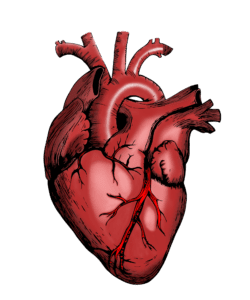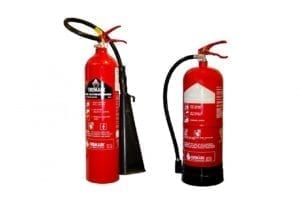Cryopyrin-Associated Autoinflammatory Syndromes (CAPS)
What are CAPS?
Cryopyrin-associated auto inflammatory syndromes (CAPS) are rare, hereditary inflammatory disorder involving cryopyrin that include three diseases. These diseases are related to a defect in the same gene and are distinguished from each other based on which systems they involve and their severity. They include:
- Familial cold autoinflammatory syndrome (FCAS)
- Muckle-Wells syndrome
- Neonatal-onset multisystem inflammatory disease (NOMID), also called chronic inflammatory neurological cutaneous articular syndrome (CINCA) in Europe
CAPS are very rare, as they are found in about one in 500,000 to 1,000,000 people. Males and females are both affected, and all ethnic groups can be affected.
What causes CAPS?
Cryopyrin-associated autoinflammatory syndromes are genetic and all arise from mutations in the gene NLRP3 at chromosome 1q44, which encodes a protein called cryopyrin (also known as NALP3 or PYPAF1).
CAPS are inherited in an autosomal dominant pattern. This means that one copy of the altered gene in each cell is enough to cause the disorder. So, a child has a 50% chance of inheriting CAPS if one parent has it. The gene mutation may also spontaneously mutate.
What are the symptoms of CAPS?
Symptoms of CAPS typically involve the skin, the brain, the eyes and the joints. They manifest as fever, hive-like rashes, joint pain and swelling, red eyes, hearing loss and central (brain) nerve problems. The following are hallmarks of each of the three types of CAPS:
- Familial cold autoinflammatory syndrome (FCAS):
- Usually begins in infancy and continues throughout a person’s life
- Exposure to cold (including air-conditioning) triggers a reaction, the most common being a burning and itchy, hive-like rash that usually begins on the face or extremities and spreads to the rest of the body
- Occasionally, swelling in the extremities may occur; people with FCAS can also develop fever, chills, sweating, nausea, severe thirst, headaches, redness in the whites of the eye (conjunctivitis), and joint pain. Most often, the joint pain affects the hands, knees, and ankles
- How long a person with FCAS has to be exposed to cold before reacting varies; for some exposure of only a few minutes is enough to cause symptoms, although usually it takes exposures of at least 1-hour
- Symptoms may be delayed for up to a few hours after exposure to the cold and may last, on average about 12 hours; some people, however report symptoms that last for up to 3 days
- Muckle-Wells syndrome:
- Can occur at any point from infancy on, but more likely to start later in life; recurring “flare-ups” may begin during infancy or early childhood
- Symptoms can begin spontaneously or be triggered by cold, heat, fatigue, or other stresses and include a non-itchy rash, mild to moderate episodic fever, conjunctivitis, joint pain and swelling, and severe headaches with vomiting
- Flare-up episodes may last anywhere from 1-3 days
- Deafness or partial hearing loss often develops by teenage years
- About 1/3 of people with Muckle-Wells syndrome experience kidney damage due to abnormal deposits of a protein called amyloid
- Neonatal-onset multisystem inflammatory disease (NOMID):
- NOMID is present around the world and usually starts shortly after birth; newborns may have signs of an infection, usually fever and a rash, but no infection can be found; the rash is typically present at birth, and although it may change in size and location, it persists throughout the person’s life
- Causes fever with inflammation in multiple organs
- People with NOMID can have chronic meningitis (inflammation of the membranes surrounding the brain) resulting in headache, blindness, or hearing loss and other neurologic problems
- The eyes of someone with NOMID often appear bulging, and children typically experience episodes of vomiting
- After 1 year of age, 50 percent of patients develop joint pain and swelling; there can be growth delay in some cases, and often children with NOMID are much shorter than average.
- Most severe of the CAPS; the outcome of NOMID used to be such that many people who had it developed severe joint deformities and neurologic damage, mainly to the ears and eyes. There also were cases of death from brain damage.
What treatment options are available for CAPS?
Medications that target interleukin-1 have been found to be very effective in treating CAPS. Treatment must continue throughout life, as there is no known cure.
Other treatments include physical therapy, splints and other aids to treat joint deformities if they occur. Surgery is occasionally needed. Hearing aids are needed for children with deafness. New treatments can help children lead near-normal lives.
Where can I find more information about CAPS?
- American College of Rheumatology
- NOMID Alliance
- National Library of Medicine’s National Institute of Health:
Cryopyrin-Associated Autoinflammatory Syndromes Articles

Positive Results Announced From Phase 3 Trial for Pericarditis


Extremely Positive Results from Systemic Juvenile Idiopathic Arthritis 5-year Follow-Up Study in the EU

Drug Label Expanded in the UK for Treating Rare Inflammatory Diseases




